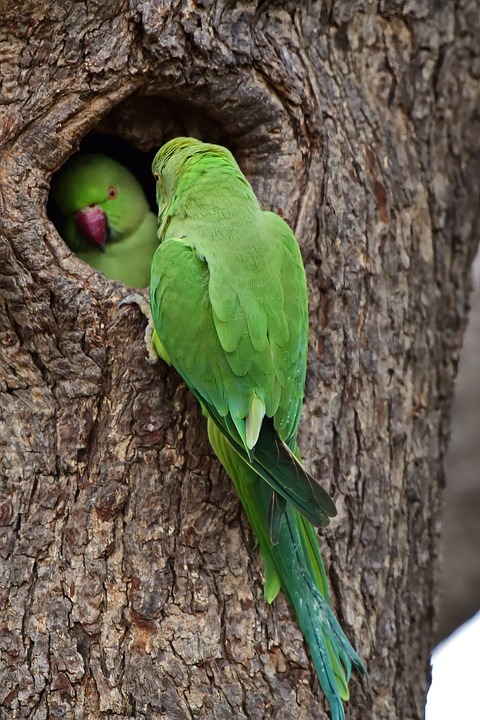Parrots are incredibly intelligent and social creatures. However, they can sometimes exhibit fear or anxiety towards unfamiliar objects or situations. This fear can hinder their overall well-being and potentially lead to behavioral issues. In this article, we will explore the concept of using positive reinforcement to address a parrot’s fear of novel objects or situations. By understanding the underlying principles and implementing effective strategies, you can help your feathered friend overcome their fears and thrive in their environment.
Before diving into the techniques of positive reinforcement, it is essential to grasp the nature of fear in parrots. Fear is a natural response that helps animals survive in the wild. Parrots might perceive new objects or situations as potential threats, triggering fear-based reactions such as aggression, vocalization, or avoidance. It is crucial to approach these fears with empathy, patience, and a proactive mindset.
Positive reinforcement is a scientifically proven technique that focuses on rewarding desired behaviors to encourage their repetition. By associating positive experiences and rewards with novel objects or situations, you can gradually reshape your parrot’s perception and response. Positive reinforcement enables a parrot to build confidence, trust, and a sense of security in their surroundings.
Here is a step-by-step approach to address fear using positive reinforcement with your parrot:
1. Identify the Fear Triggers: Observe your parrot’s behavior to identify specific objects or situations that trigger fear. This could be anything from a new toy, a household appliance, or a change in the environment.
2. Create a Safe Environment: Ensure your parrot’s primary living space is free from potential hazards or stressors. A secure and comfortable environment will provide a solid foundation for behavioral training.
3. Gradual Exposure: Introduce the fear triggers in small increments. For example, if your parrot is afraid of a new toy, start by placing it at a distance from their cage and gradually move it closer over time.
4. Positive Associations: Use positive reinforcement techniques to create positive associations with the fear triggers. Offer your parrot their favorite treats, praise, or affection whenever they exhibit calm or curious behavior towards the object or situation.
5. Desensitization: Gradually increase the exposure and interaction with the fear triggers, always ensuring your parrot remains comfortable and stress-free. This process should be slow and tailored to your parrot’s individual needs.
6. Consistency and Patience: Consistency is key when using positive reinforcement. Stick to a routine, be patient, and avoid rushing the process. Each parrot has its own pace and comfort level, so allow them to progress at their own speed.
Now, let’s address some frequently asked questions about using positive reinforcement to overcome fear in parrots:
Q: How long does it take for a parrot to overcome fear using positive reinforcement?
A: The duration varies depending on the parrot’s personality, past experiences, and the intensity of their fear. It can take anywhere from a few weeks to several months. Remember, patience and consistency are crucial.
Q: What if my parrot shows signs of extreme fear or aggression?
A: If your parrot’s fear response escalates to the point of aggression or severe stress, it is advisable to seek professional guidance from an avian behaviorist or veterinarian experienced in parrot behavior.
Q: Can positive reinforcement be used for all types of fears in parrots?
A: Positive reinforcement is an effective tool for addressing a wide range of fears in parrots. However, in some cases, professional help might be necessary, especially if the fear is deeply ingrained or associated with traumatic experiences.
Q: Are there any additional techniques that can complement positive reinforcement?
A: Yes, other techniques such as counter-conditioning, desensitization, and environmental enrichment can be used alongside positive reinforcement to further support your parrot’s progress in overcoming fear.
In conclusion, utilizing positive reinforcement techniques can significantly help parrots overcome their fear of novel objects or situations. By understanding the foundations of fear, creating a safe environment, and implementing a step-by-step approach, you can gradually build your parrot’s confidence and reshape their perception. Remember, each parrot is unique, so be patient, consistent, and adaptable throughout the journey. With time and dedication, you can help your beloved parrot thrive in a fear-free environment.









